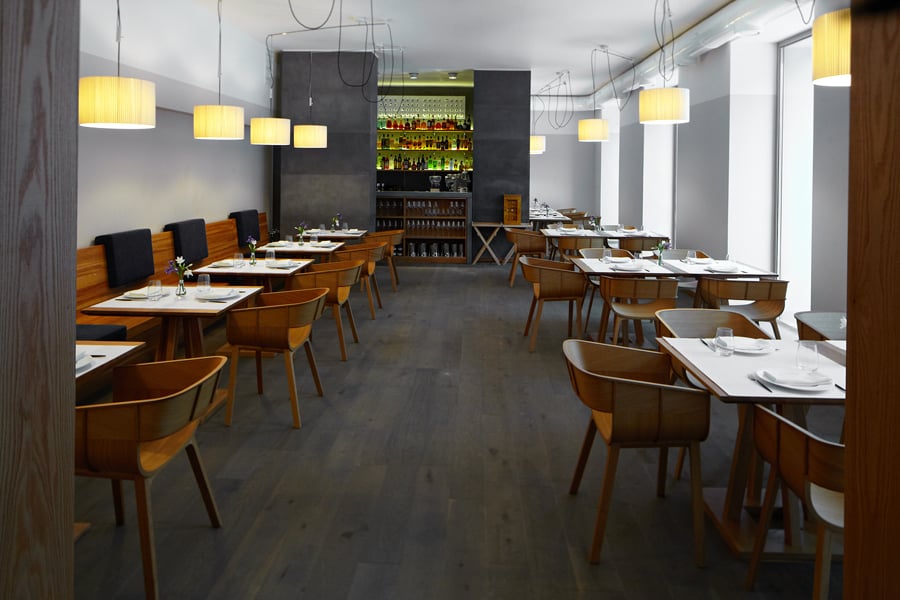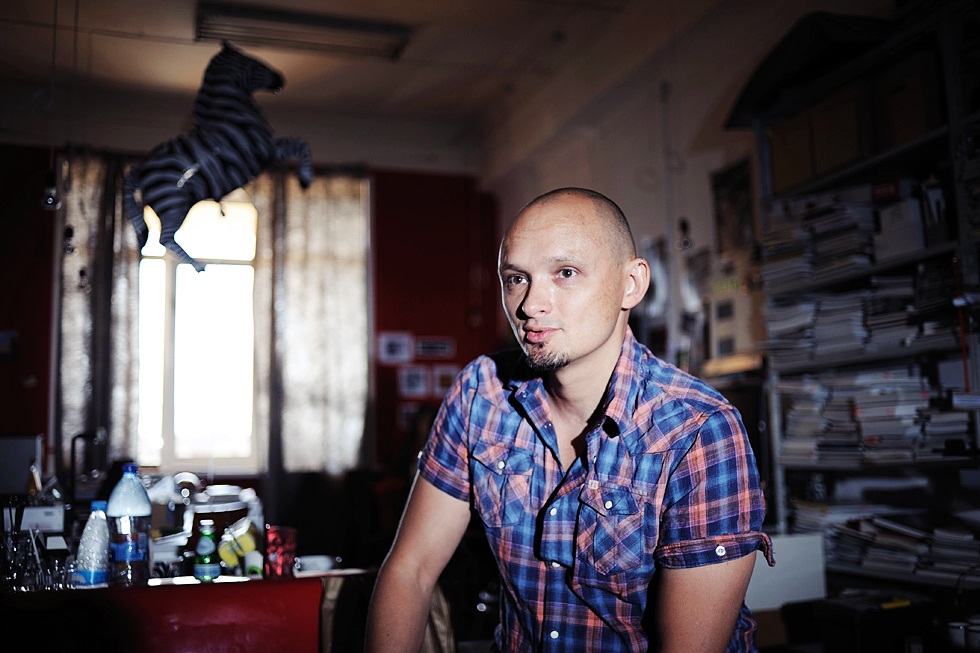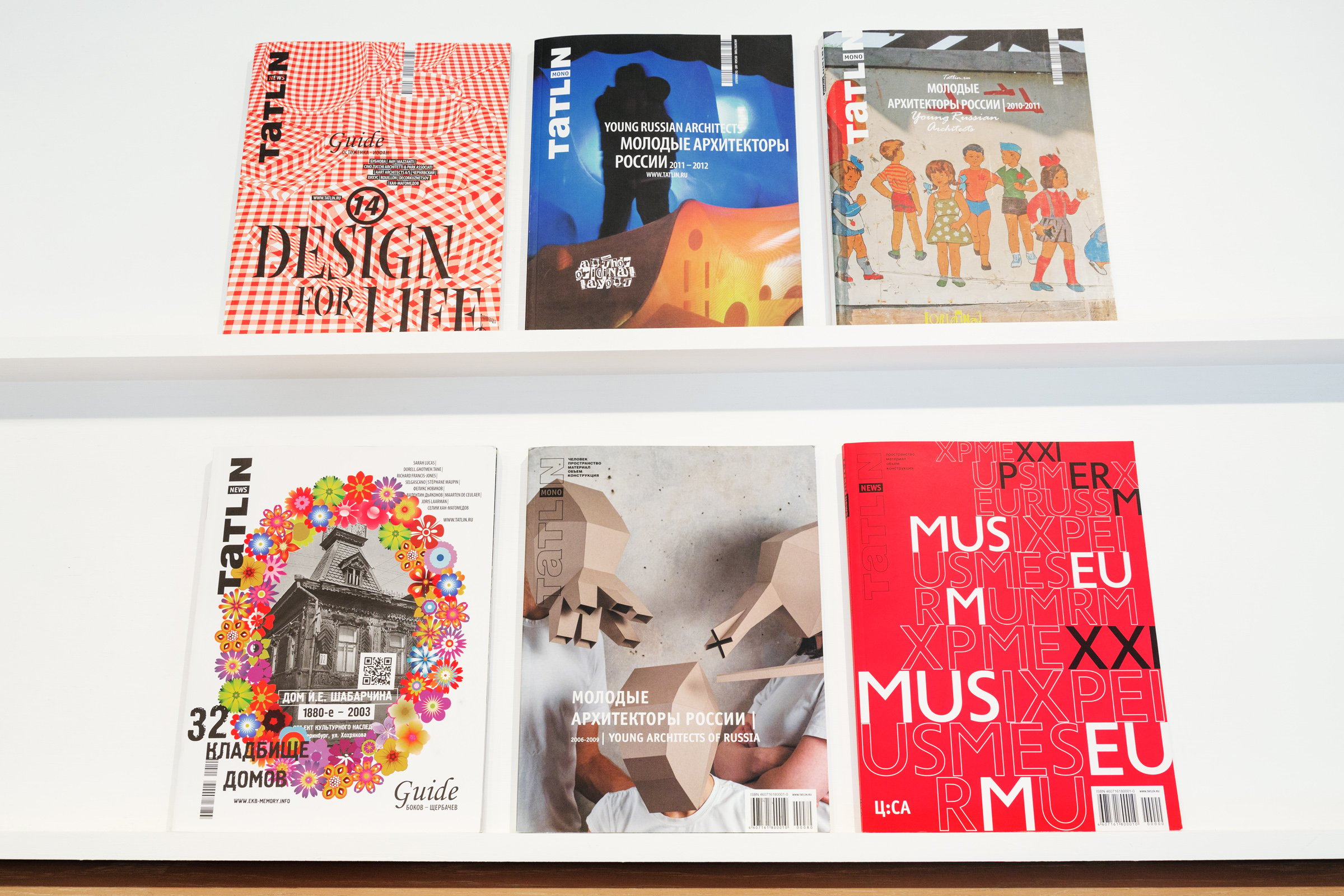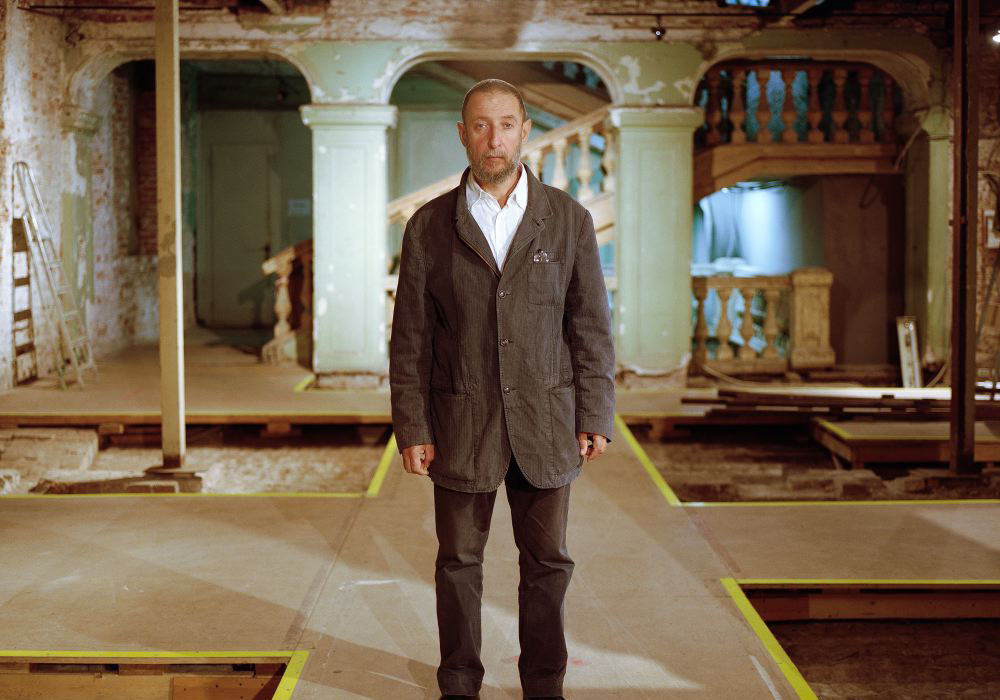Tabula rasa: an architect redefines Siberian design

Fyodor Bukhtoyarov's is wiping the slate clean on Novosibirsk's unruly landscape
When he first started out, architect and designer Fyodor Bukhtoyarov was not an instant hit. His oversized chandeliers and glass bottle walls were more than a little outlandish for the inhabitants of Novosibirsk, most of whom preferred neutral spaces. A decade later and it is Bukhtoyarov who is setting the style agenda. By sticking to an aesthetic that is vivid, playful and always individual, he has won round the doubters and established himself as the most prominent creative force on Siberia’s urban landscape.
Today, clients are willing to fork out vast sums just to have his signature attached to a project. He always declines, insisting on full control over any scheme that bears his name. Bukhtoyarov has created interiors and exteriors for restaurants, cafes, nightclubs and shops. His portfolio even boasts a couple of shopping centres and the terminal of an international airport. In the process, he’s done more than any single recent figure to introduce a distinctive visual identity to a part of Russia that’s been mostly bypassed by good design.
For the past 20 years, Novosibirsk has been undergoing a process of dramatic transformation, swapping its Soviet industrial heritage for a culture of commerce. Sombre factories have turned into shopping centres, sleepy suburbs are now overrun with malls and high-rise developments are springing up across the city centre to house newly upwardly-mobile residents.
Sweeping gentrification has resulted in a uniformity of design throughout the city. For most property developers, architectural artistry is not a great concern — the flats will sell at astronomical prices regardless of what they look like. Their indifference, crossed with interference from clients, in large-scale projects is one reason why Bukhtaryov would like to focus on interiors and objects. “I would like to lock myself in my studio and design a chair,” he says. “Then there would be no one telling me where the back should be and where the legs should be.”

Despite such frustrations, Bukhtoyarov takes a rueful pleasure in the evolution of his city. His office is situated in the least developed part of Krasny Prospekt, Novosibirsk’s main thoroughfare, with windows looking out onto an impressive Stalin-era facade complete with crumbling columns. Everything on this stretch of the road is as it was 60 years ago. From there he reflects on the city’s changing skyline, the monolithic Soviet blocks of old jostling uncomfortably with the new, uniform modern developments springing up beside them. “The view of the city from the left bank reminds me of an old Soviet cemetery,” he says. “In this city, different strata of time – the architectural styles of different generations – are presented clearly and visibly.”
He describes Novosibirsk’s development as a “story frozen in time, a sort of elemental Siberian mosaic”. “That is why I like these shocking new builds, even though many people attack them for ‘sticking out’ against the general background of the grey Soviet buildings,” he says. “These different eras accentuate each other and make the city unique.”
According to Bukhtoyarov, one of the consequences of this style of architectural homogeneity is that people end up looking for other ways to set themselves apart. “All the high-end developments are the same faceless residences with often very luxurious interiors,” he says. “People here, if they want to show how well-off they are, invest money in an expensive car or in jewellery from Bulgari. It’s because everyone’s home is more or less the same, so with your car or your clothes you can really stand out.”
“We shouldn’t tear down everything old and Soviet and build the metropolis of the future. We have what we have. It’s an intriguing engineering challenge”
Within that context, Bukhtoyarov’s clarity of vision and spiritedly idiosyncratic design aesthetic has won him numerous clients and fans. When it comes to interiors, he prefers to “shock”. “Not for its own sake,” he adds, “but because an unusual object can utterly change the meaning of an interior. A rusty bucket on the most expensive veranda in the city makes it more garden-like thereby creating a more balanced impression.”
Adaptation, he says, is his favourite part of the job as well as a distinctive feature of the Siberian aesthetic. “We take an old worker’s club and turn it into a nightclub or a sports hall into a restaurant,” he says. “We shouldn’t tear down everything old and Soviet and build the metropolis of the future. We have what we have. You can rethink everything and that for me is an intriguing engineering challenge.”
Aesthetics aside, one of Bukhtoyarov’s dream projects is to open a chain of identical-looking restaurants each serving a different cuisine. “When a restaurant dishing up Italian food has an Italian-style interior, the food automatically becomes a cliche,” he explains. “I propose a new, functional style that’s all about ‘architectural sincerity’. If you go to someone’s house and they surprise you with Thai salad or a mille-feuille, they don’t redo their interior for that. The chef is what’s important, not the furniture.”
This fondness for utility has its roots in Novosibirsk’s Constructivist past, which Bukhtoyarov believes should be developed further. “The only thing which I’d consider to be really ours is Constructivism,” he says. “We are a long way from the capital here, so architects have been allowed to experiment and there are several unique buildings.”
But for Bukhtoyarov, Novosibirsk’s real allure lies outside of its borders. Like many, he believes it is the Siberian city’s vast surroundings that make it unique. Reflecting on the miles of uninhabited land, the forests and the open fields that encircle Novosibirsk, he says, “In theory when we’ve had enough of Novosibirsk, we can move in any direction and build another city. Or even ten. There’s enough space.”
Unlike other locals, who do their utmost to counter the stereotype of Siberia as a “land of bears and aggressive Russians” when abroad, Bukhtoyarov believes the opposite should be done. He argues that Russians should take pride in their eclectic history – and their bears. “Above all Siberia is space. Space is our best tourist attraction. The clear horizon and the grass as tall as you are,” he says. “It’s unforgettable.”


